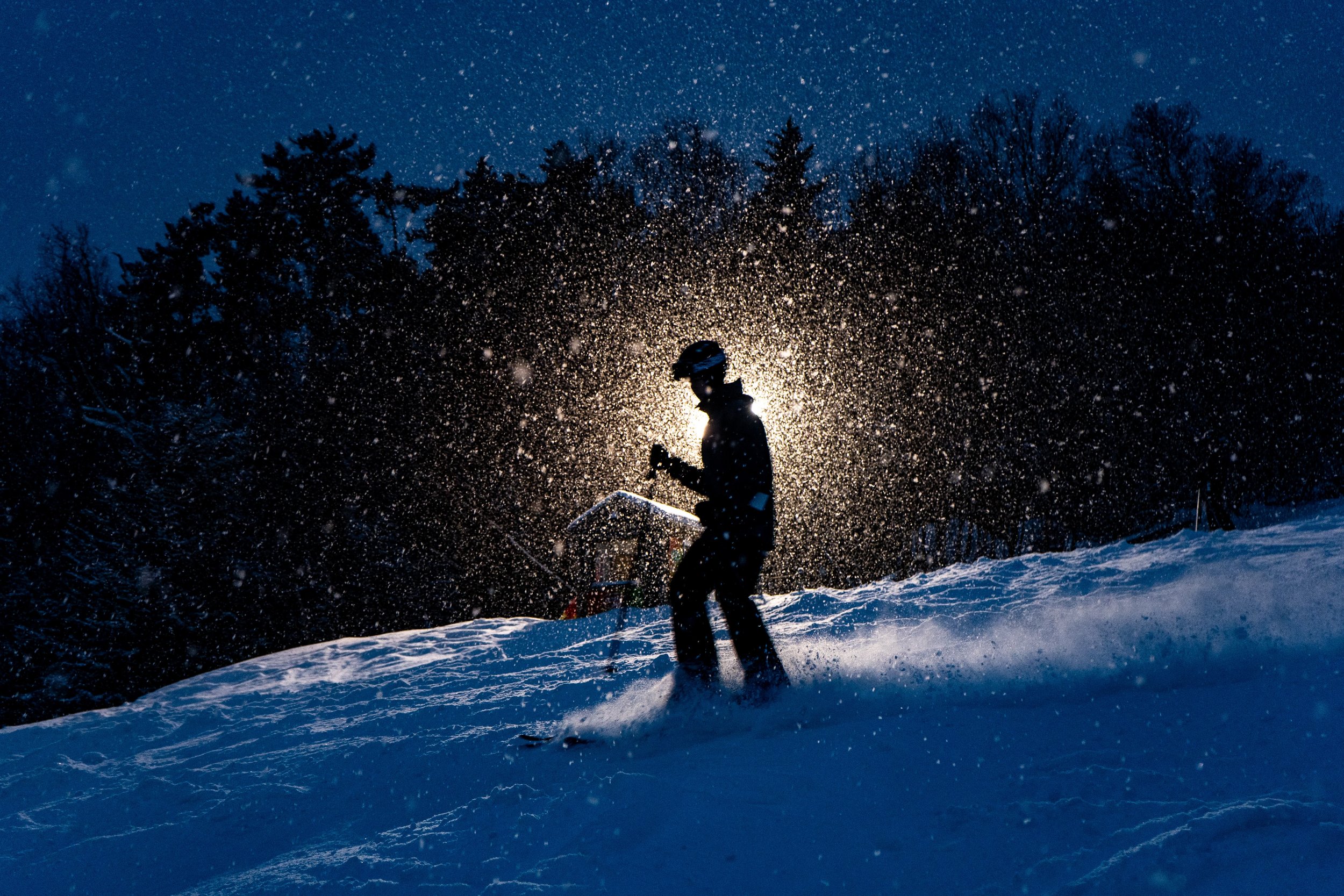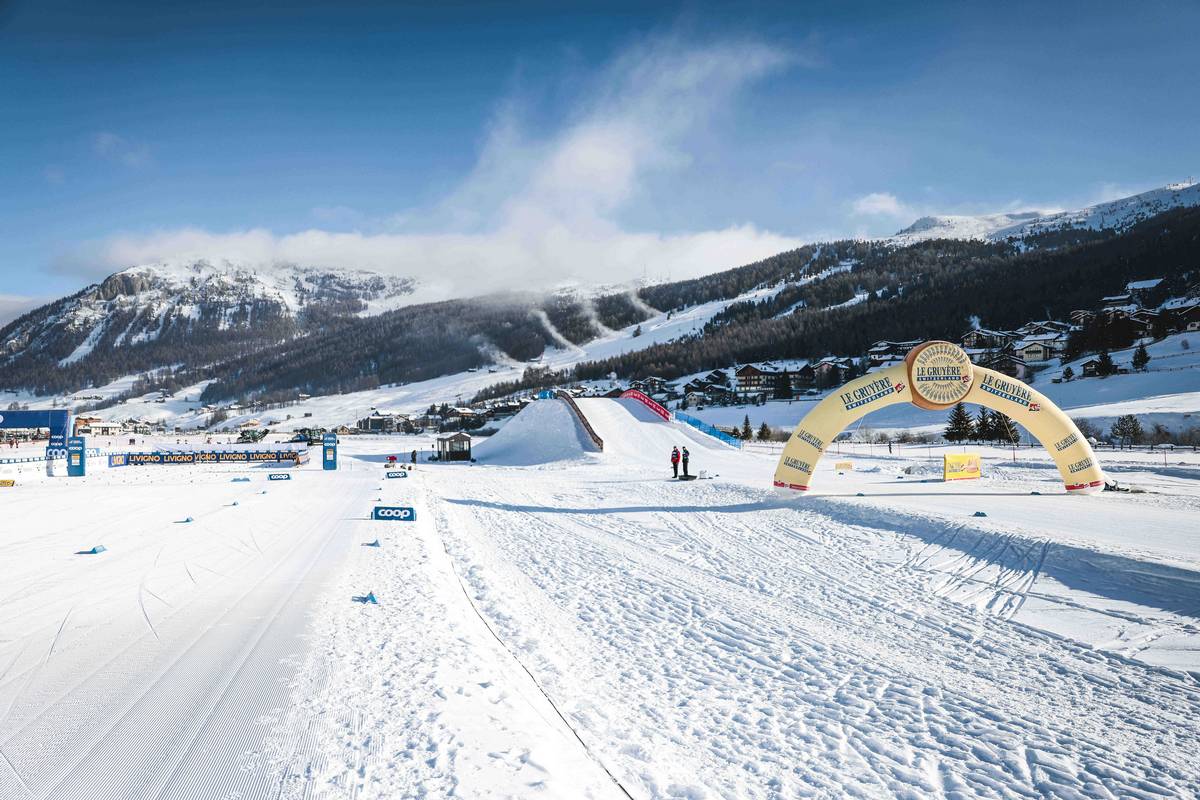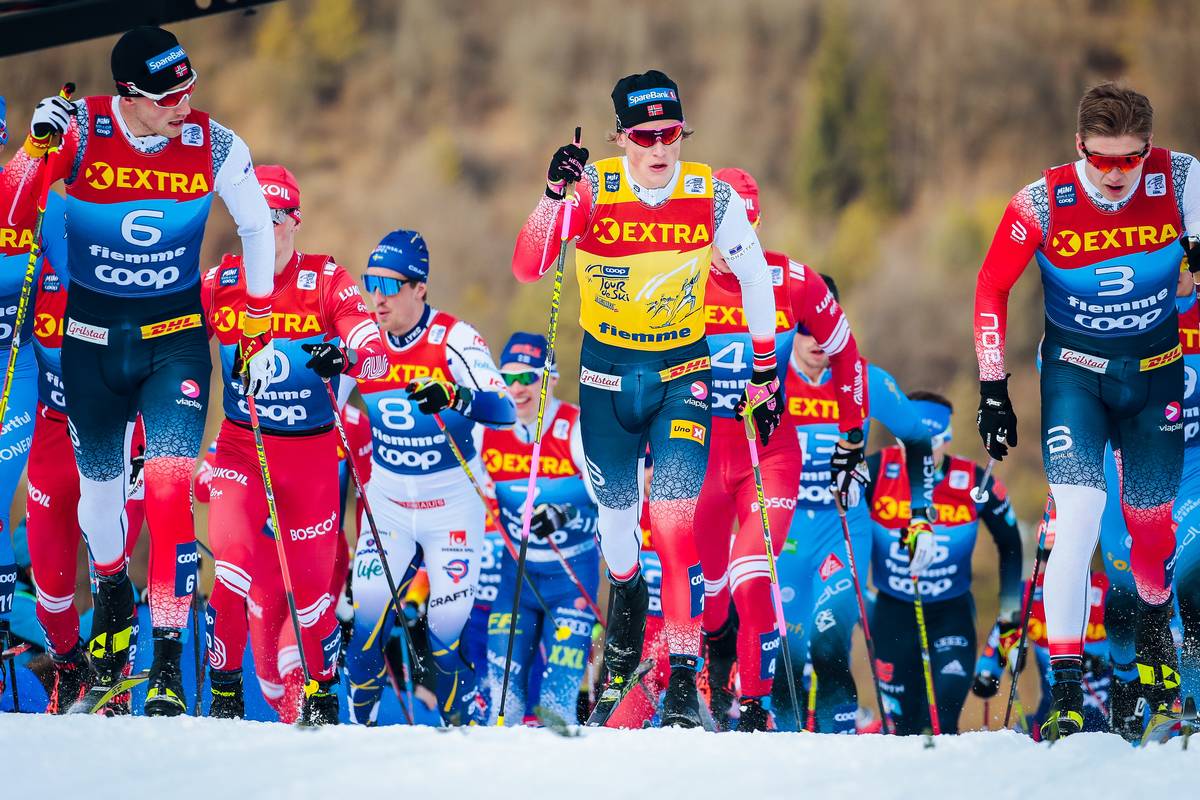
Two worlds – science and skiing – may not have common ground in the average fan’s view, but in reality the latter depends on much more than just athletes’ skill and equipment. Years of research and experience made this sport much more advanced than ever, propelling the results to unprecedented heights. Let’s see how skiing became science-centric and why bettors from crickex app, available through the guide at the link, must follow the latest trends in tech and equipment.
Biomechanics: Your body turns into a Ferrari on snow
Once upon a time, people thought good skiing technique was all about looking cool in tight-fitting skiwear. Then biomechanics came along and spoilt the party. They proved that effective skiing is actually about moving like a well-oiled machine – or at least trying to look like they know what they’re doing.
Scientists have spent years studying every muscle fibre and joint angle in skiers’ bodies. The result? An entire generation of skiers who look like they swallowed a physics textbook.
Physics on ice: Newton’s third law in action
Remember physics lessons at school? No, you don’t. Neither do most skiers, until they suddenly find themselves in the middle of a practical experiment about gravity and friction. Fortunately, physicists have been working hard to ensure that your next collision with reality (or a tree) is a little less painful.
Modern skis are little marvels of applied physics. They are designed to defy the laws of nature – or at least fool them long enough for you to reach the bottom of the hill with your dignity intact.

Ski equipment: Where rocket science meets the fashion industry
Forget about the old days when ski boots felt like instruments of torture and bindings were a prayer to ski gods. Today’s ski equipment is so high-tech it’s almost embarrassing.
Ski boots are now so advanced that they can almost lace themselves (still waiting for that feature, ski manufacturers!). And bindings? They’ve become so smart that they can release your foot faster than you can say «Oh no, not again!»
Training: Your living room becomes a ski centre
Thanks to science, you no longer have to wait for winter to improve your skiing technique. With modern training methods, you can now turn your living room into a mini ski centre. Just be careful not to knock over the TV when practising your turns!
Sensors and virtual reality systems allow you to train as if you were on the slopes – minus the cold wind in your face and the expensive lift pass. It’s almost like skiing, but without the risk of ending up as a snowball with skis on.
Safety: Because science wants you alive
Science has done wonders for safety on the slopes. Modern ski helmets are so effective that they can almost protect you from bad decisions (almost, but not quite – so still take it easy).
Avalanche research has made off-track skiing safer, but remember: Even with all the technology in the world, nature can still surprise you. So listen to the experts, unless you want to end up as the protagonist in your own version of «Alone in the Wilderness – Winter Special».
Your mission, if you choose to accept it
The skis on your legs makes you not just an athlete, but a full-on experiment in applied science, so be careful: gravity becomes your best friend, but acceleration can make you end up in an emergency room. Limiting yourself won’t hurt, while trees and bumps can, so try to be nice with your body and don’t overdo it.
Sliding down the mountain would make Einstein proud – it’s a science in action, isn’t it? Just remember to leave your experiment within reasonable limits and have fun!
Press Release
Publishing press releases is a service we offer to the ski community, so please note these articles are not written by FasterSkier and therefore do not necessarily represent our thoughts and standards.




